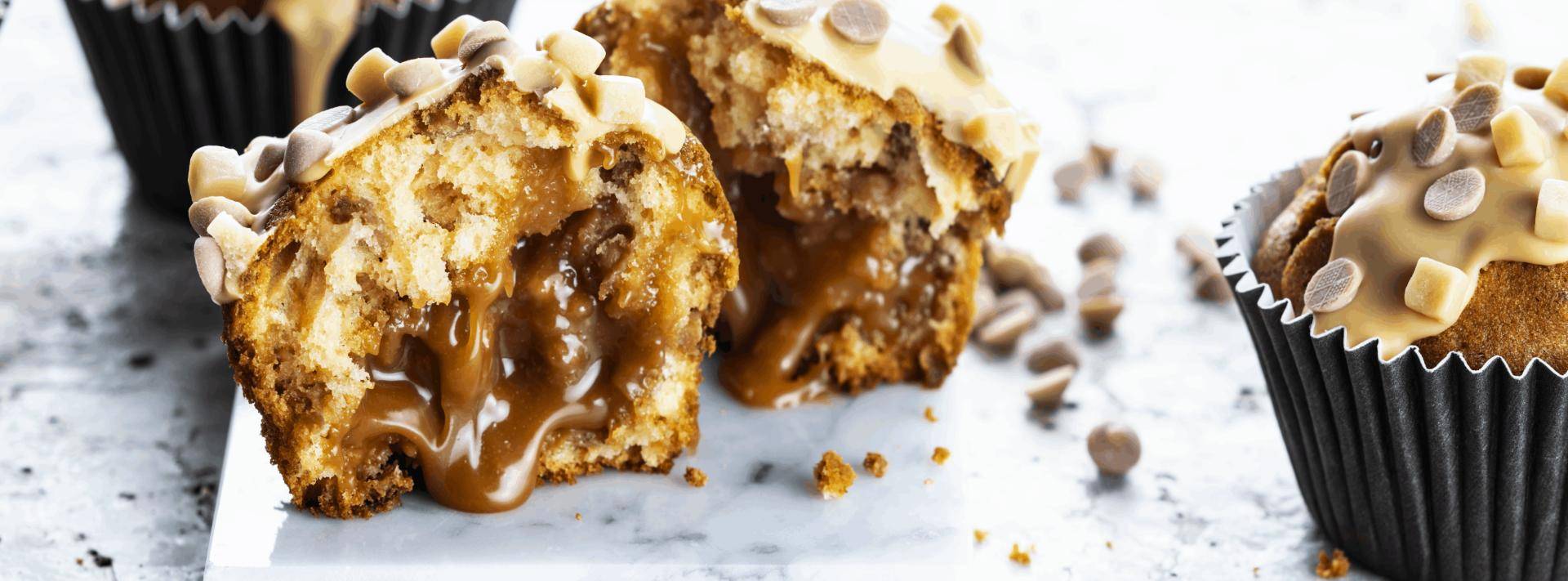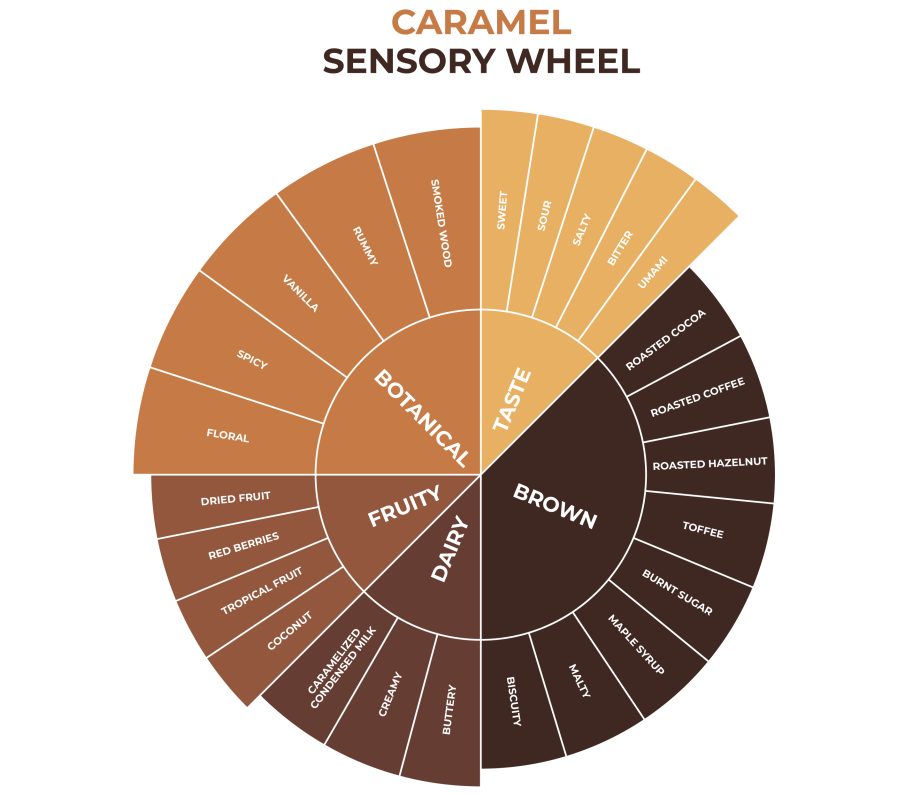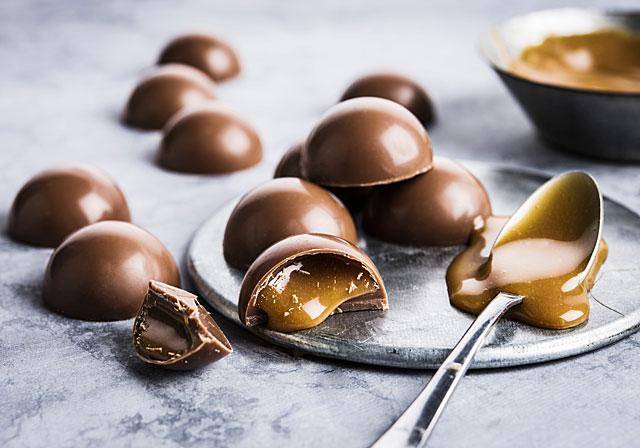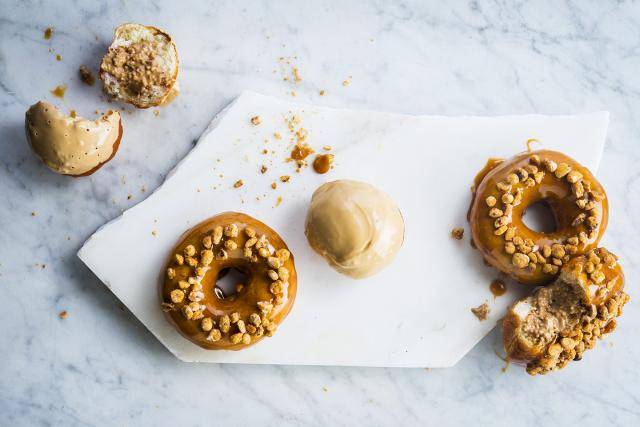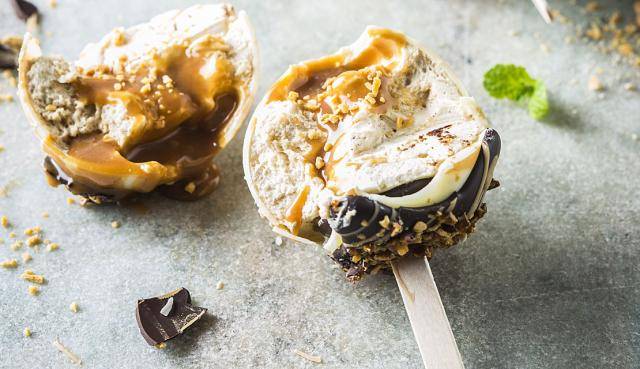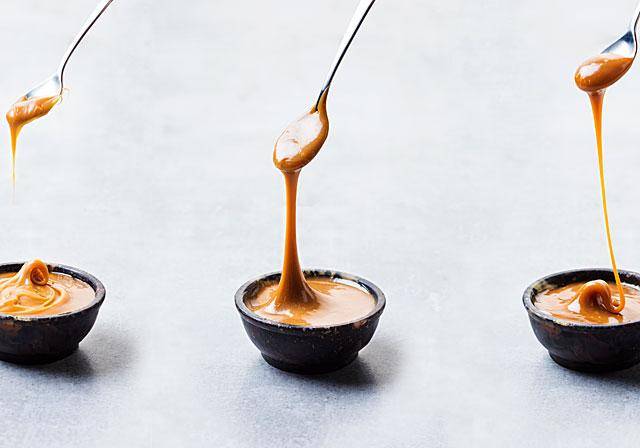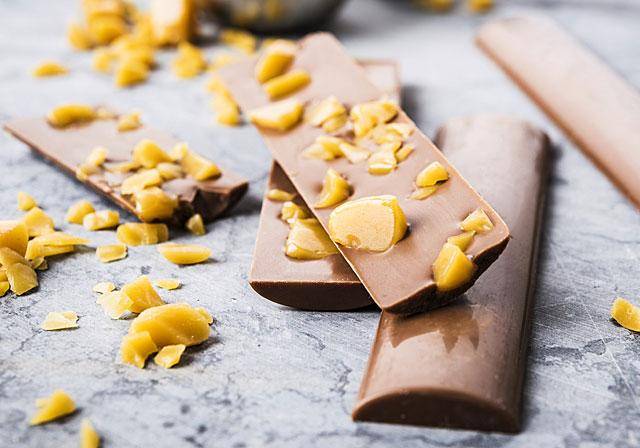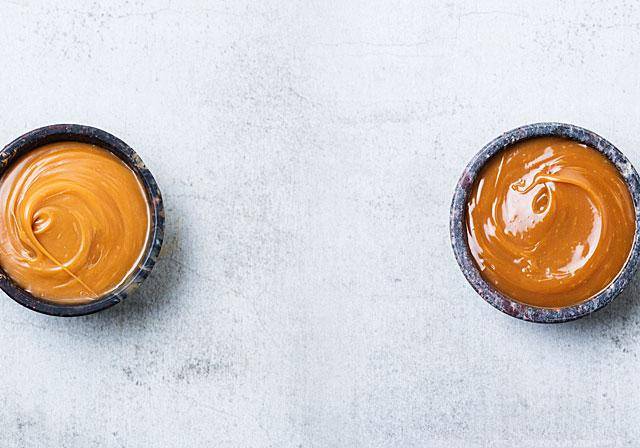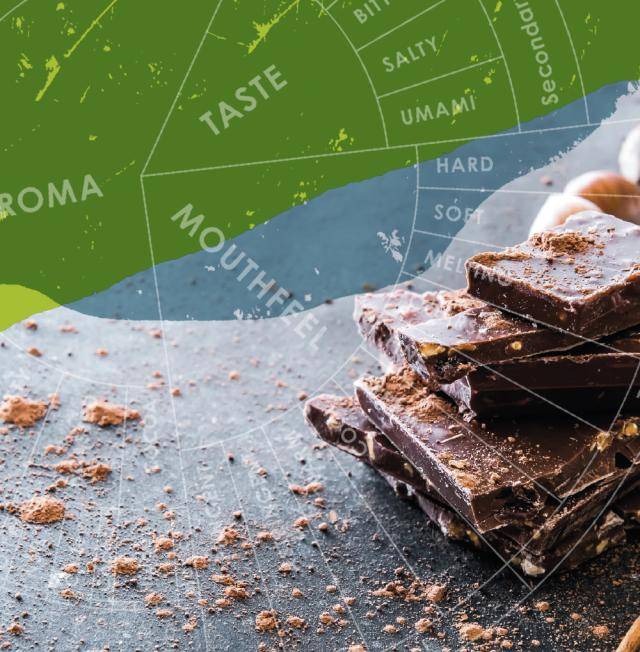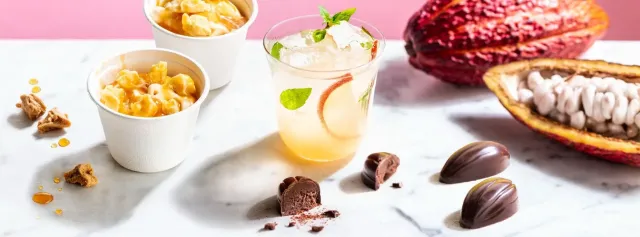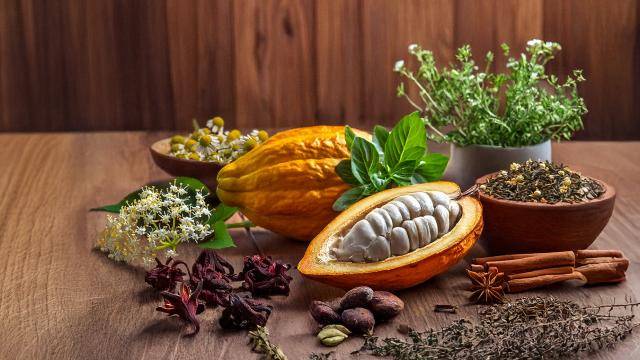Caramel is a very well-loved flavor to a vast majority of consumers, not only for millennials but regardless of their age or geographic location. For many years, caramel has been an all-time favorite in products such as pralines, cakes and pastries, ice cream, and more.
Today, consumers’ flavor preferences are divided between 2 trends, one based on comforting & nostalgic more traditional flavors and the other on experimentation and intensity. These are not mutually exclusive; consumers will migrate between the two. Whichever is the case, caramel in its many forms remains a favorite.
Find here some interesting facts about caramel’s trajectory, and discover why consumers keep coming back for more!
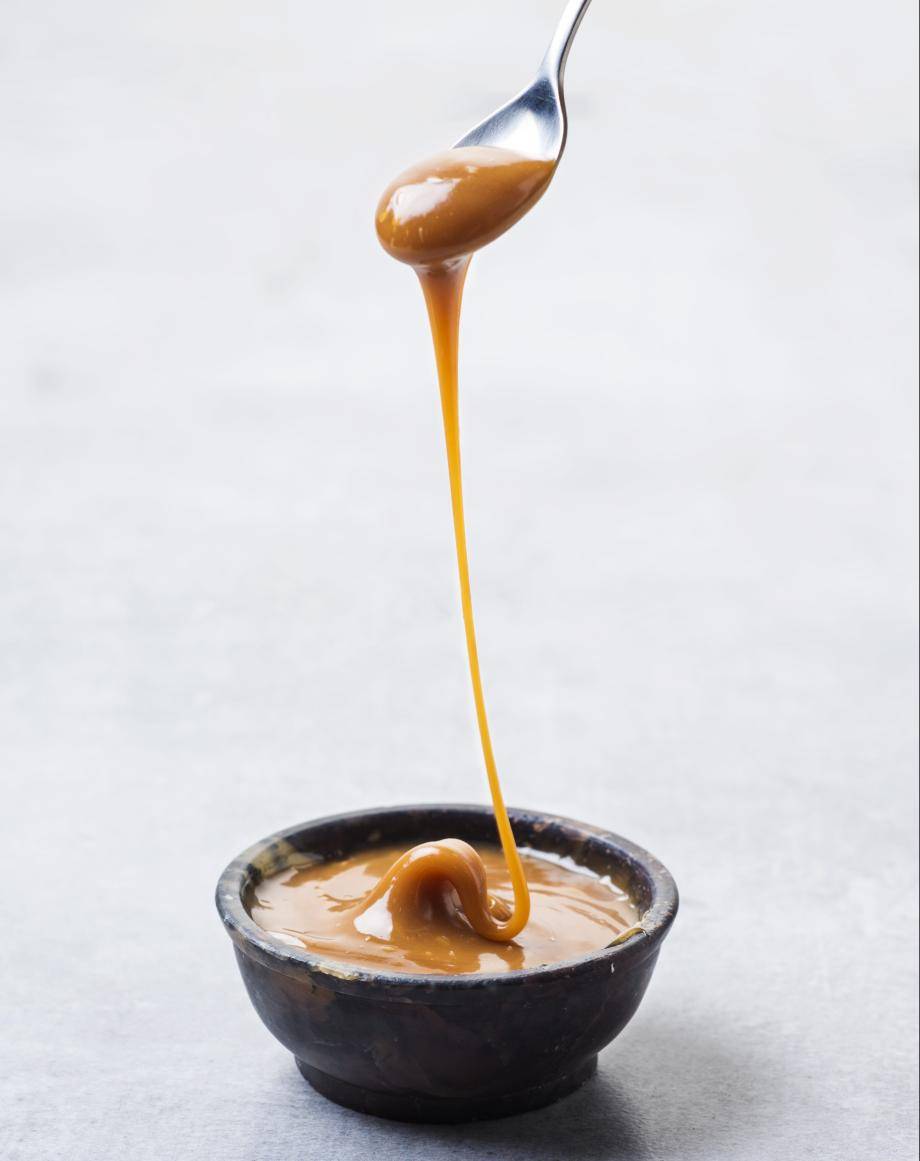
Over the years, caramel continues to be one of the top favorite flavors of consumers
Caramel: longstanding taste of comfort & nostalgia
Caramel in chocolate creations remains within the top 5 flavors for years already. How come?
- Today, caramel is the third most desired flavor in chocolate confectionery in Western Europe, after hazelnut and almond.
- Demand for caramel-flavored food has arisen since 2009.
- Over 4,900 caramel products have been launched in the past 5 years for the confectionery, bakery & pastry, ice cream and dairy segments, in Western Europe.
Caramel’s many flavors
There are unlimited caramel flavors, depending on the type of ingredients and cooking methods used. The amount of butter, type of milk and type of sugar can create nuances in flavor with a variety of different tastes while the cooking temperature can affect firmness and thus unlimited different textures and colors. The most traditional way of making caramel is through the Maillard reaction.
To illustrate the flavor complexity of caramel, take a look at our Caramel Sensory Wheel and discover the flavors and notes that can be found in different types of caramel.
Caramel family tree
Officially ‘caramel’ is defined as being made from a mix of sugars, milk proteins (milk or cream) and fat. However, caramel has developed into different branches throughout the years and across cultures. Here we mention a few members of the caramel family:
Toffee: Butter is used instead of milk and the mixture is cooked to a hard-crack stage. British’s favorite.
Dulce de Leche: concentrated milk and sugar are heated at a lower temperature and for a longer time than regular caramel. Popular in South America.
Fondant: heated sugar and water that is cooled and tempered until forming a paste. Famous for cake decoration.
Fudge: Intermediary between caramel and fondant. Contains sugar, milk, butter, cream, cocoa and fats.
Cajeta: Caramel made with goat’s milk, with an earthy and slightly nutty flavor. Mexico’s original.
Salted caramel: regular caramel with higher addition of salt and/or flavor. The percentage will depend on the level of saltiness desired.
Source: Chambre Syndicale Nationale de la Confiserie

From left to right: Caramel filling with toffee notes; Dulce de Leche; Caramel with thick texture and burnt sugar notes
Caramel today and tomorrow
Though many classic caramel products are not going out of style, today’s consumers, especially millennials and centennials, love to experiment with new flavor combinations. Adding a twist to your caramel creations will catch their attention and tempt their curiosity, here are some caramel flavor going from nostalgic to experimental:
- Fudgy, toffee - an iconic taste that has been present for decades and consumers have loved and will continue to love.
- Salted caramel, present for some years but still growing - a perfect balance between sweet & salt. Chefs call this flavor layering, and the right mix – not too sweet and not too salty – gives your brain a positive response.
- Biscuity, custard-like, cheesecake-like - bakery & dessert-inspired creations in all segments.
- Burnt or smoky notes - bringing more sophistication to the flavor pallet, a trend coming from Asia
- Infused caramel with coffee, beer - a wide array of combinations is possible to trigger consumer appetite for novelty by combining 2 of their favorite flavors.
Keep in mind that creative flavor combinations give a premium touch to your creations. Caramel makes great pairings with a variety of different inclusions to create multi-sensorial experiences. Especially combinations with healthier inclusions like seeds, nuts, and dried fruits are appealing to consumers. All sorts of caramel twists including combinations with cocktail-based flavors, rosemary and sea salt, cocoa nibs, etc. can bring your caramel creations to the next level and create a more premium perception. It also has incredible potential to satisfy various eating occasions and consumer needs states like on the rising trend in on-the-go consumer snacking.
Click below and get inspired by the many possibilities of caramel for confectionery, bakery & pastry, and ice cream creations:
